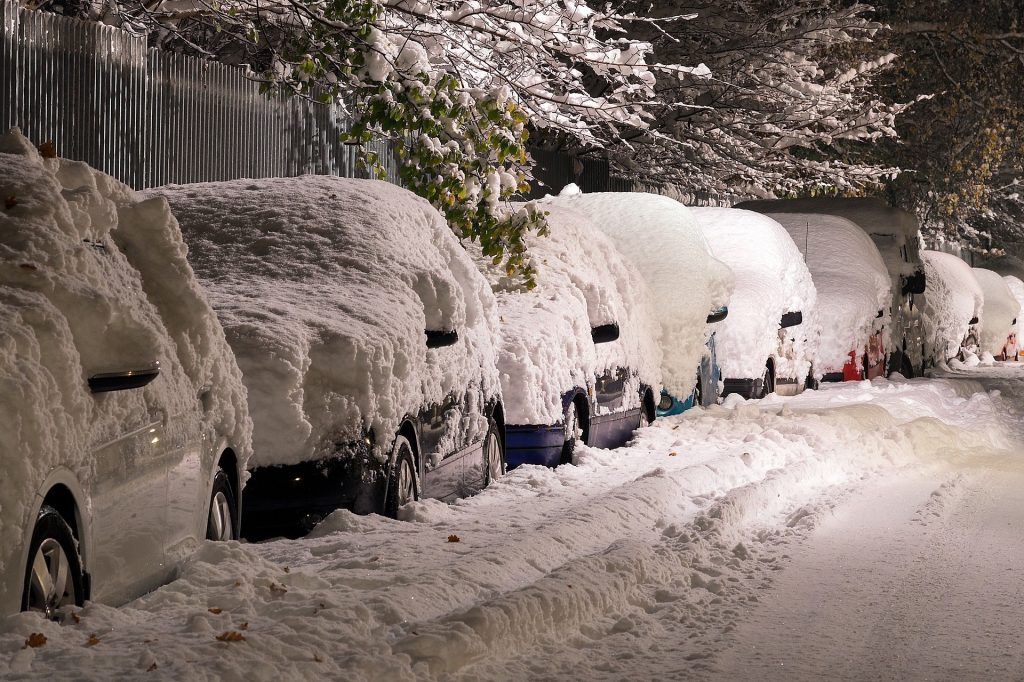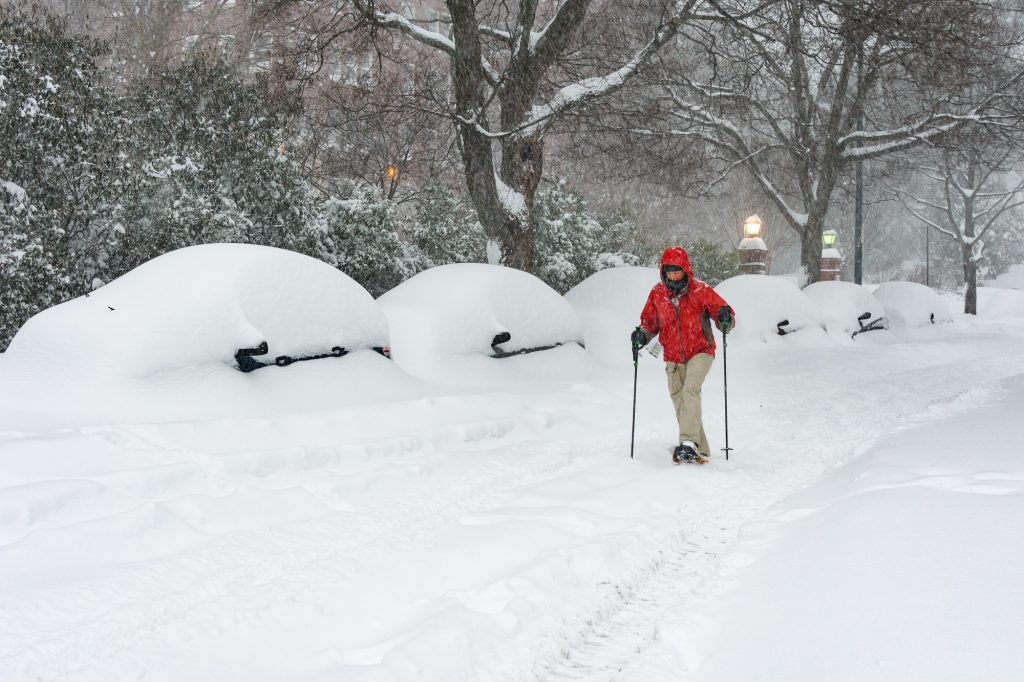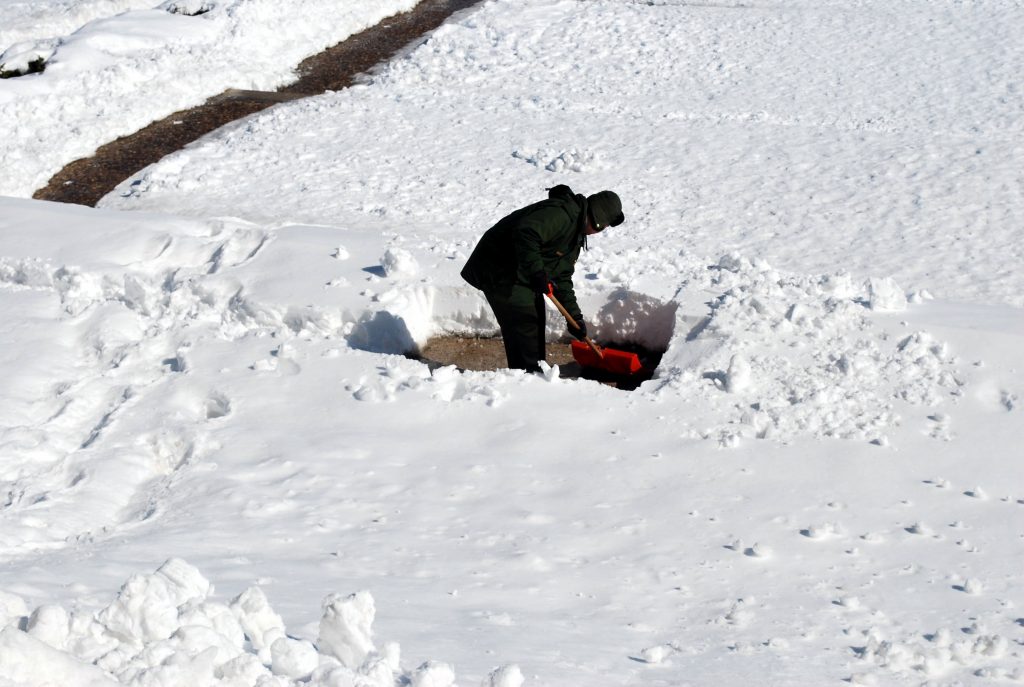
Sleigh bells ring…Are you listenin’?
In the lane, snow is glistenin’.
A beautiful sight.
So happy tonight.
Walkin’ in a Winter Wonderland.
Well, it won’t be so happy and we can guarantee you that you won’t be singing if you get injured and have to spend the entire winter stuck on a couch or slipping around on crutches. With icy roads, slippery sidewalks, and hard-to-see conditions, a winter wonderland can easily turn into an icy nightmare. Here are four tips to keep in mind for preparing for winter and staying injury free.
1. Watch your step and learn to fall.
Skiers and snowboarders learn it. Hockey players learn it. And figure skaters learn it. So why doesn’t the rest of the population do it? One of the biggest injuries caused by Old Man Winter is injuries from falls on ice. From bruised hips, twisted ankles, and muscle strains in the shoulders to conditions as serious as concussions, ice is one of the major culprits when it comes to winter injuries. One of the first things winter-sports athletes learn is how to fall to avoid injuries.
Falling on your side can prevent head injuries and back injuries. Also, keeping your wrists and knees bent can also help you avoid muscle strains. The number one thing to remember – and also the hardest thing to do – is to not try to break your fall with your hands or elbows, but rather have as much of body contact the surface as possible to spread the impact out.
But, more importantly, if you want to avoid falling altogether, now is the time to take extra care in watching where you’re going. Keeping your eyes peeled for ice and other slippery areas is the surest way of preventing an injury due to falling,
2. Pay attention to the weather.

Here’s another one that requires you to watch out. Paying attention to the weather is particularly important for this time of year. Majority of accidents occur in moderate to severe weather conditions. If you don’t have to go out then stay home. If you’re already out, it’s best to try to wait it out or head home before the worst of it hits. Either way, you need to keep your eyes and ears tuned to the weather station so that you can be somewhere safe when the snow hits and avoid an accident.
3. Wear proper gear and clothing.
This one might seem like a no-brainer, but many people think they can get away with just a sweatshirt on during a snowstorm. Whether there’s a blizzard raging outside or beautiful winter blue skies, always make sure you’re dressed warmly to avoid frostbite. Especially if you’re working outside, it’s important to dress accordingly.
4. Warm up, cool down, and stretch.

It’s always important to have a proper warm up and cool down before doing any physical activity, but it’s even more important during cold and wet weather. Before skiing, snowboarding, snowshoeing, or skating, always make sure to properly warm your muscles up and cool down. However, winter brings along many physical activities apart from your traditional sports. Shoveling, chopping wood, and even trudging through knee-deep snow will get your heart pumping. So, even if you’re not an athlete or doing a sport, if you’re heading out to shovel the sidewalk, make sure to do a short warm up and stretch to avoid muscle strains and aches.
OSR can help you prepare for anything during the winter.
Whether you’re injured yourself shoveling or skiing, or you’re looking to prevent injury during winter activities, OSR can help you recover or prepare for the winter months. Contact us today for a free consultation and assessment.


